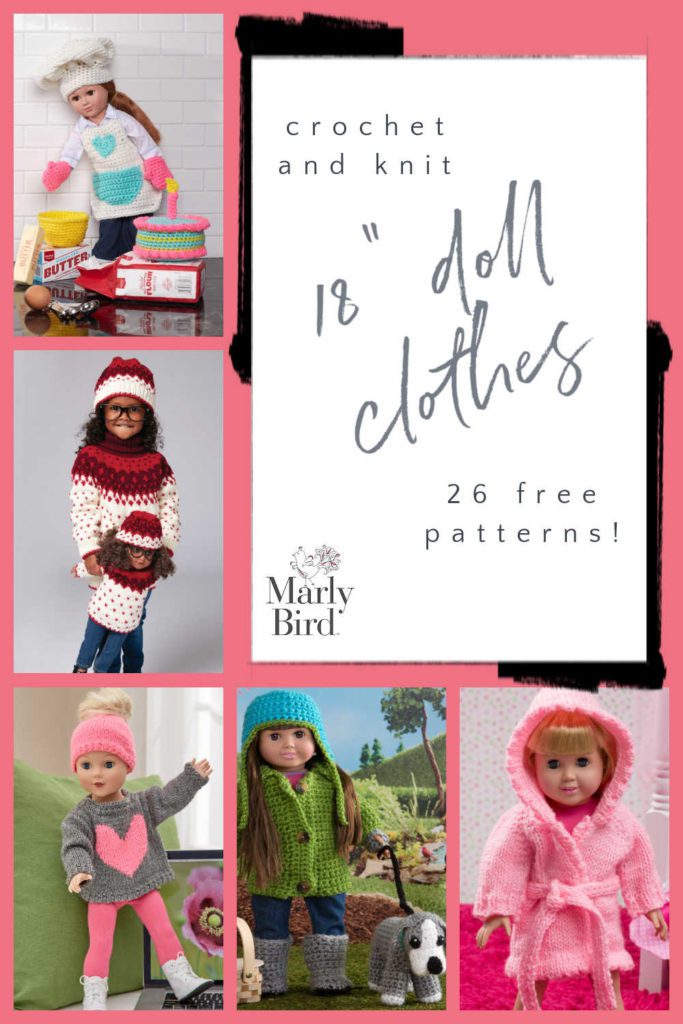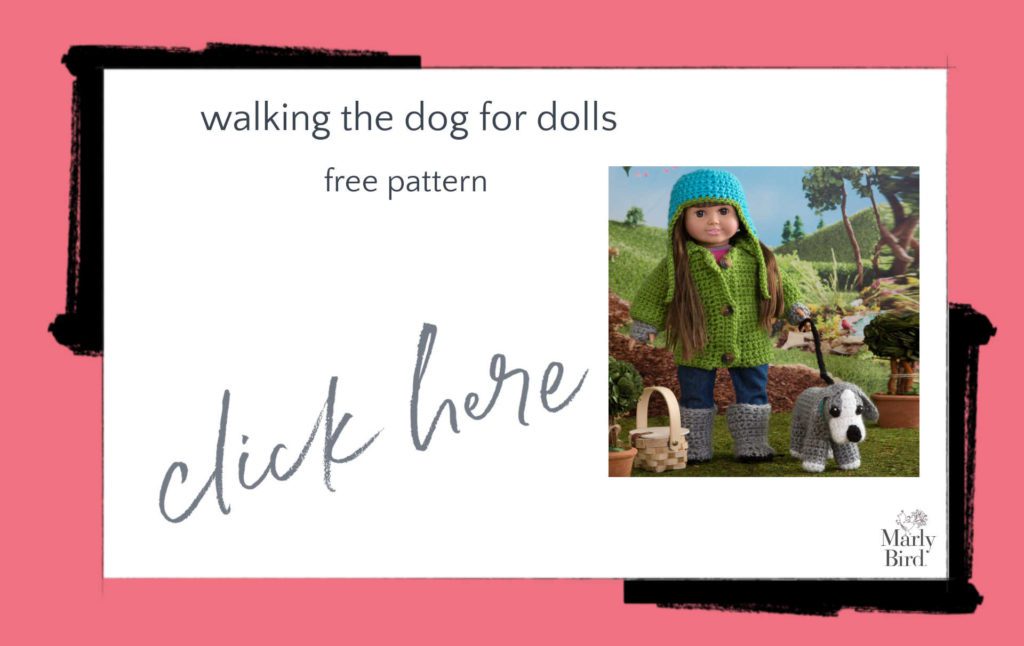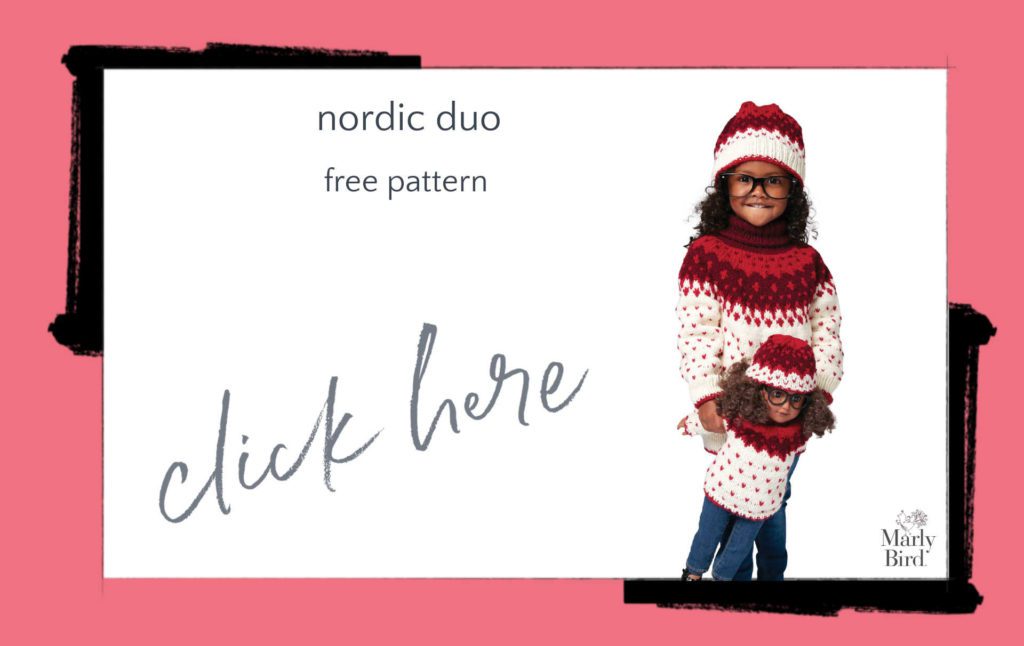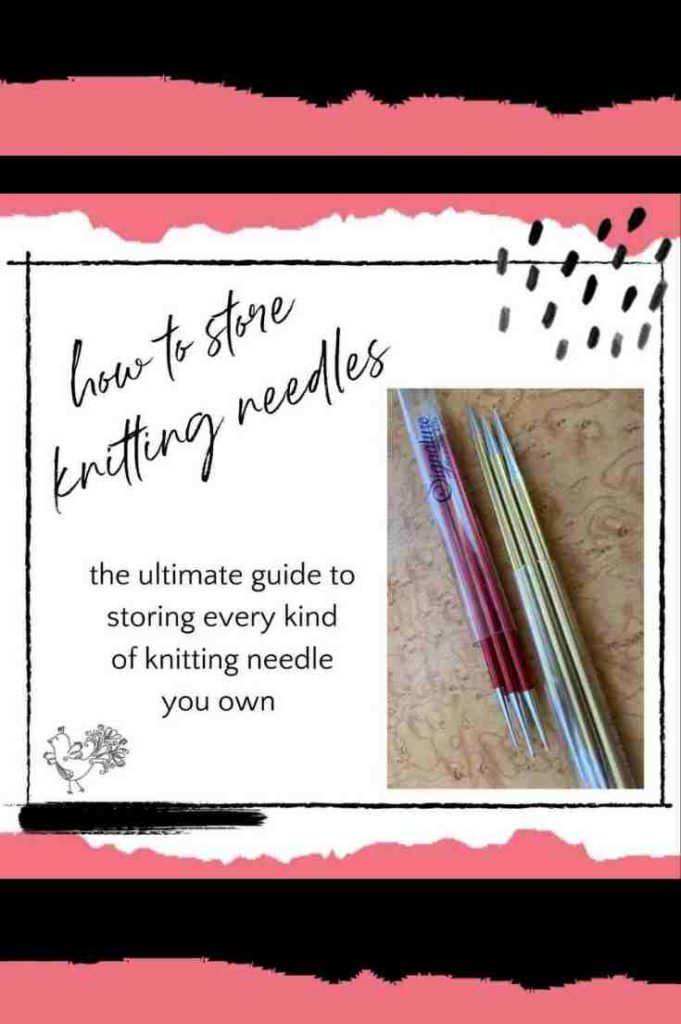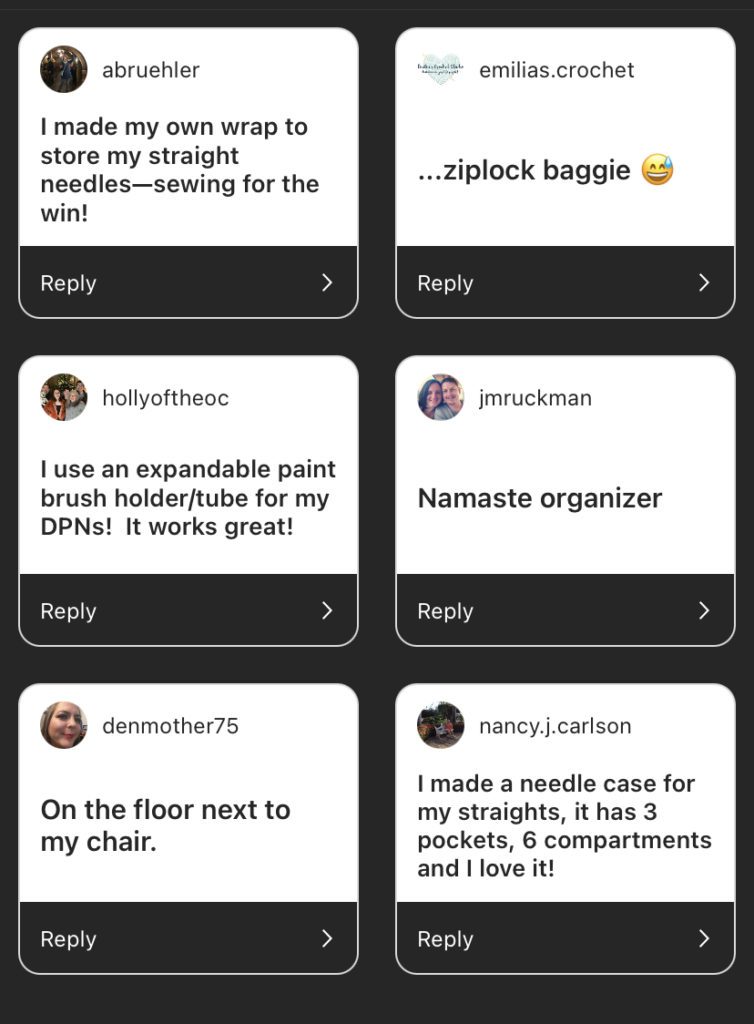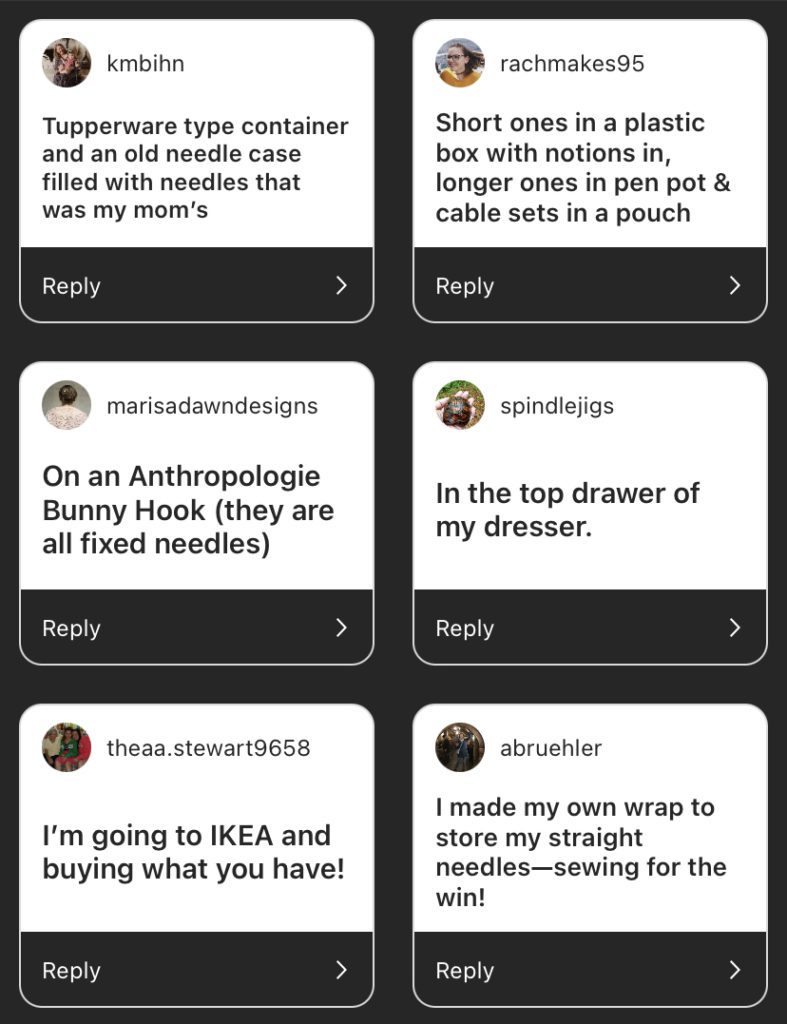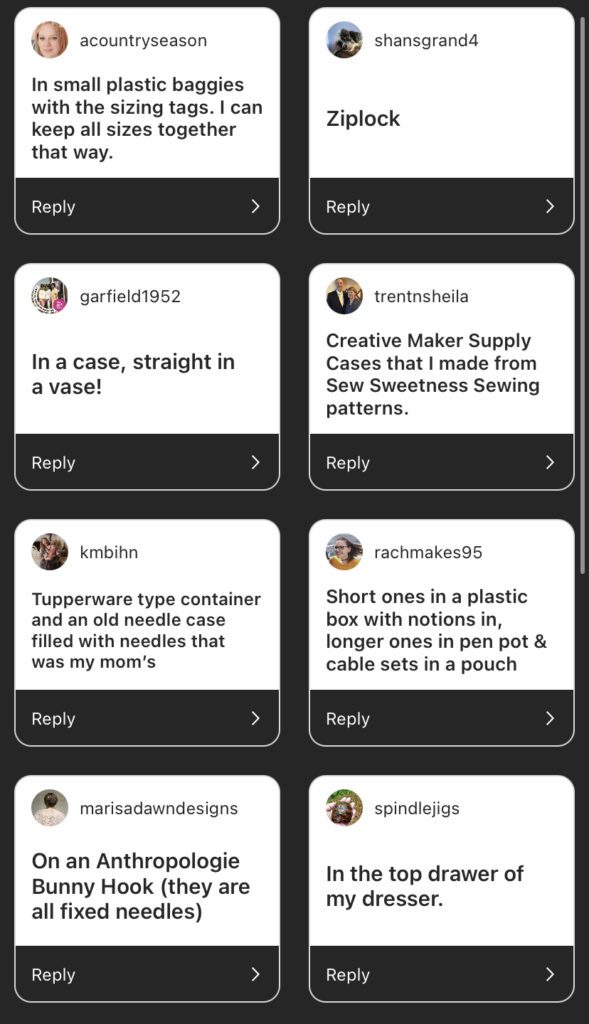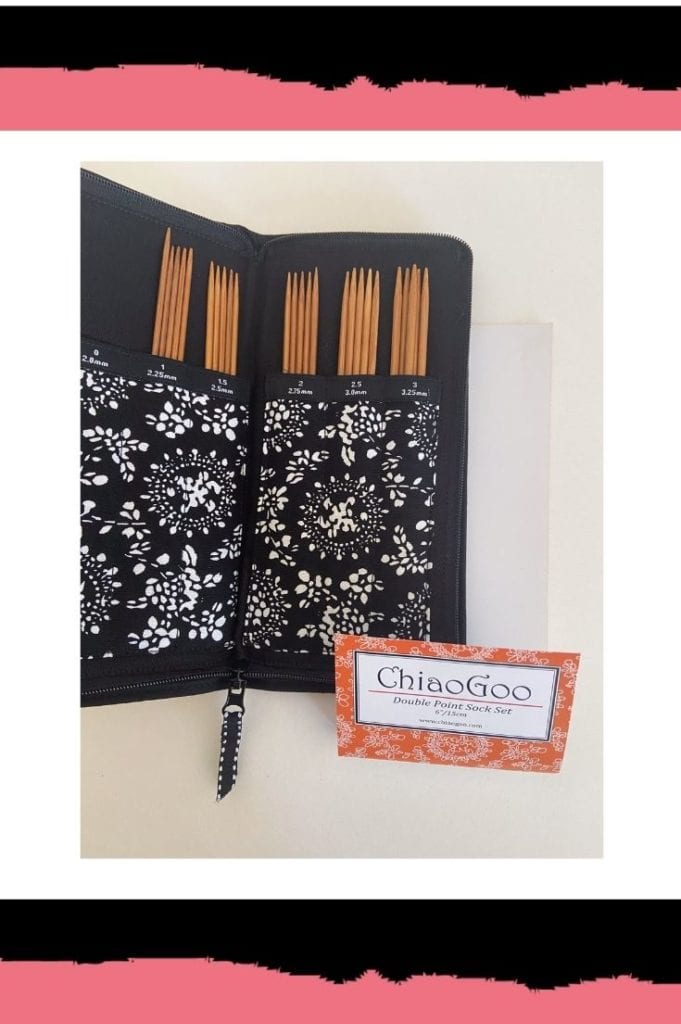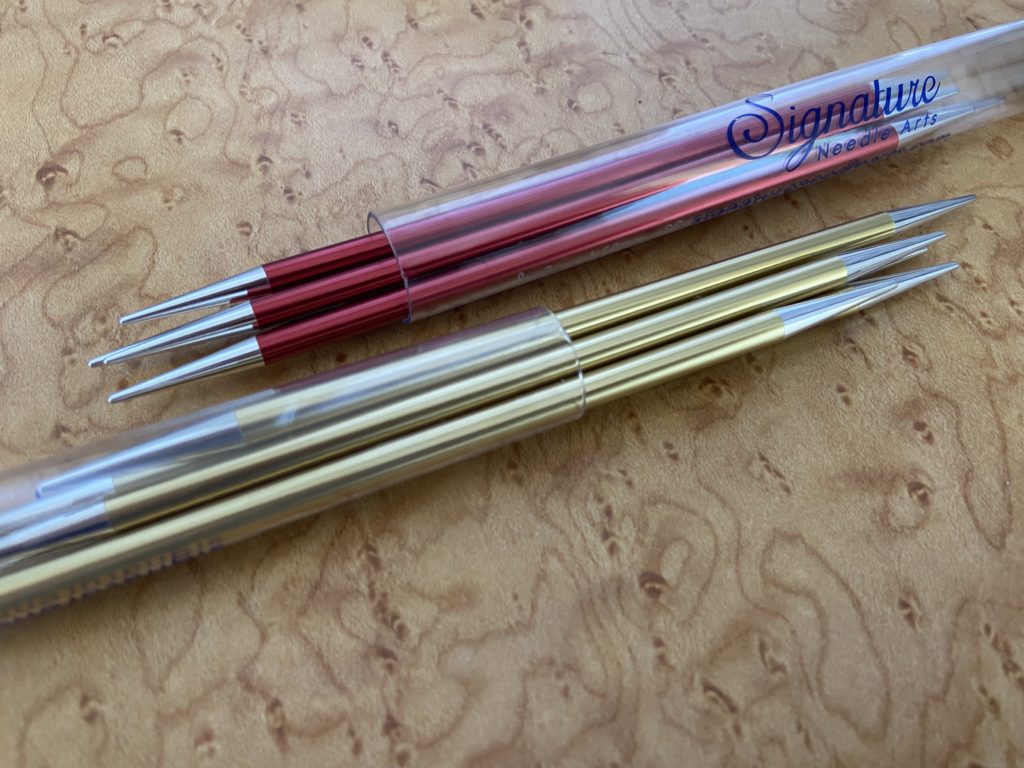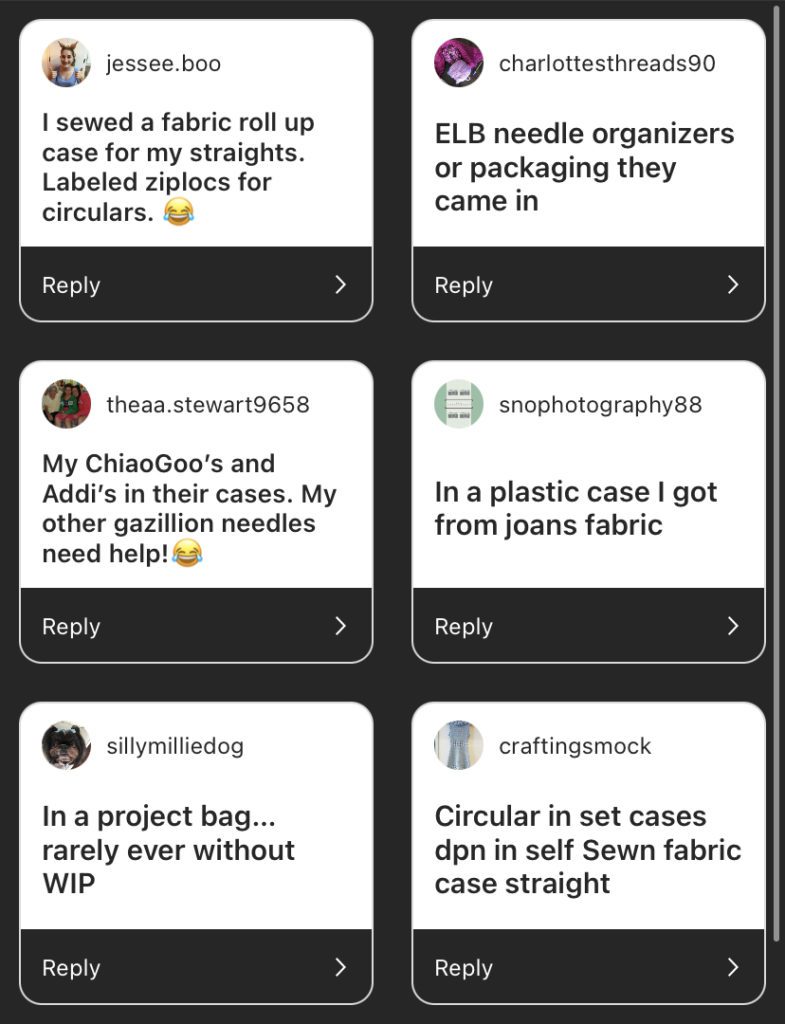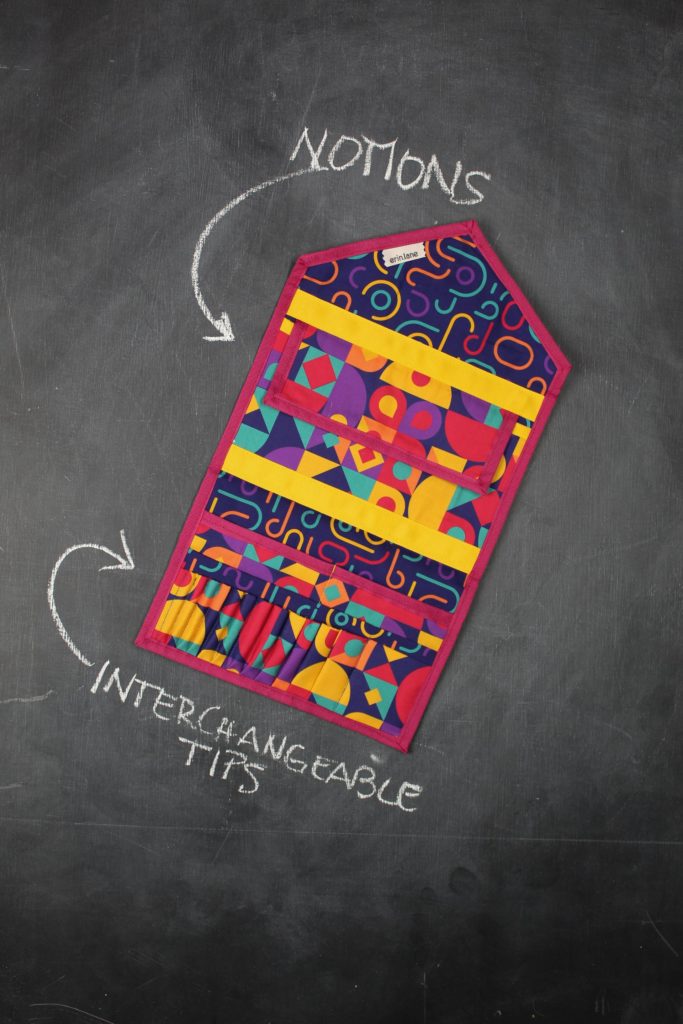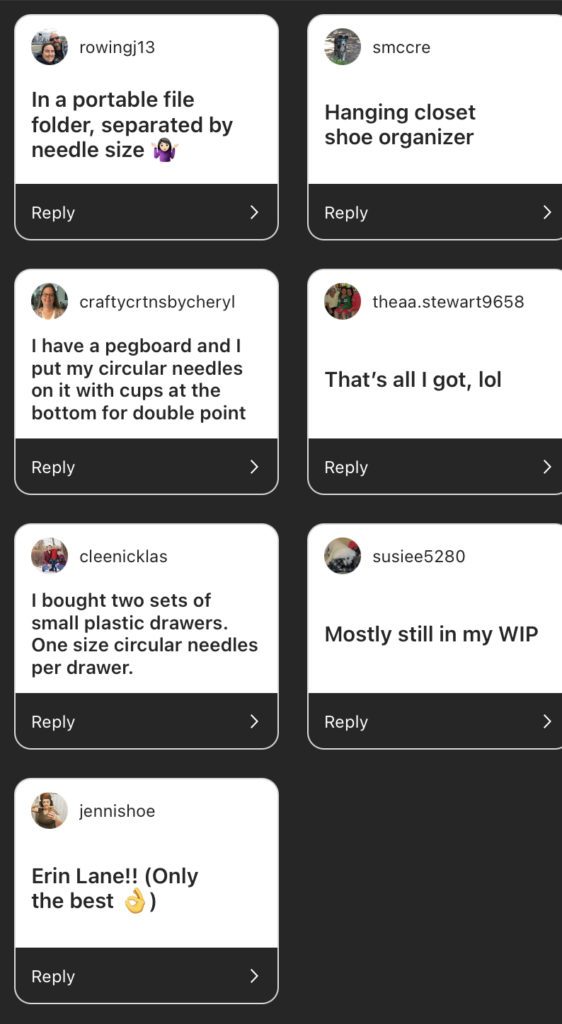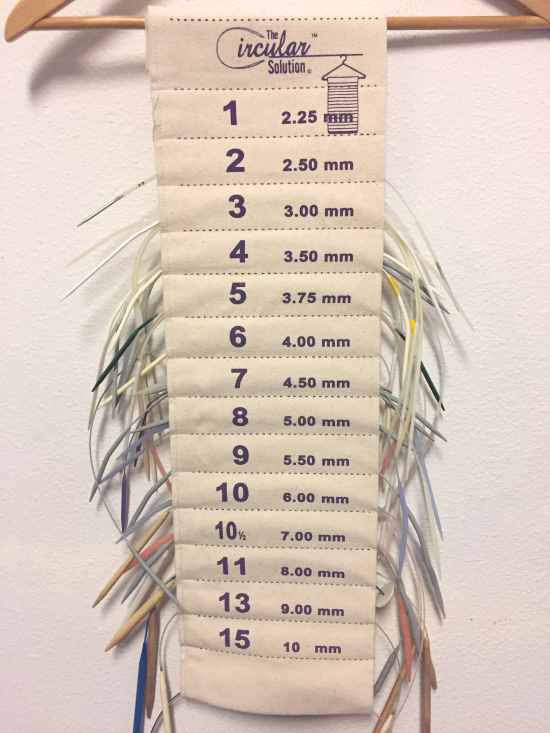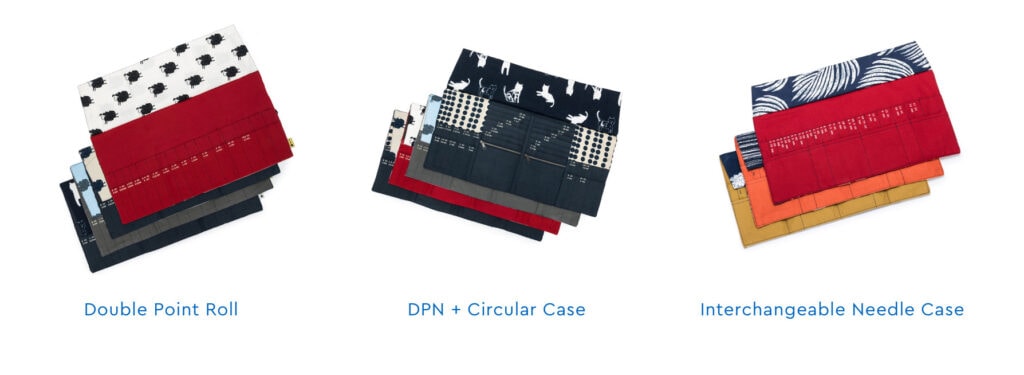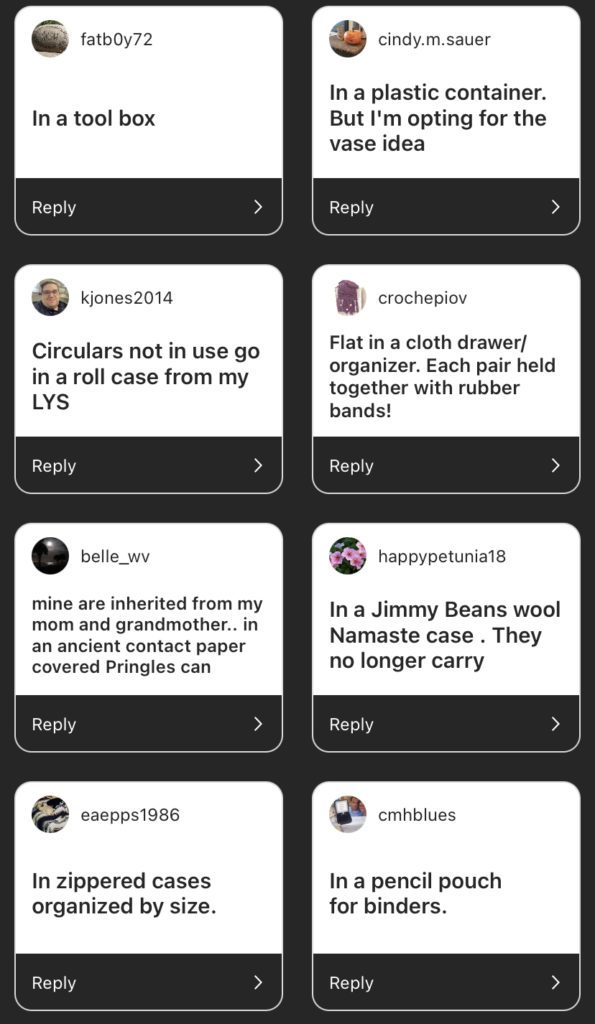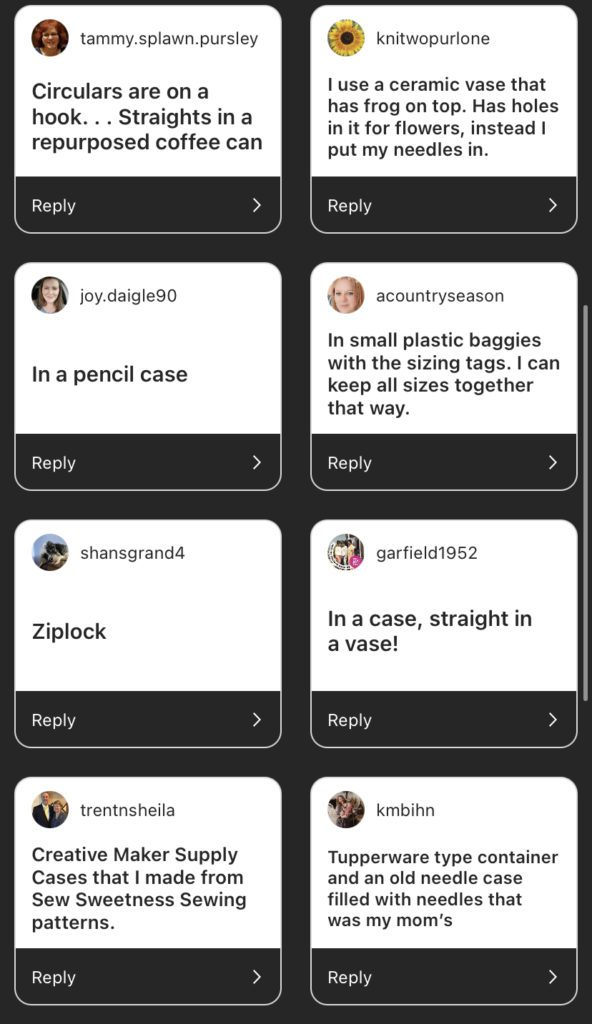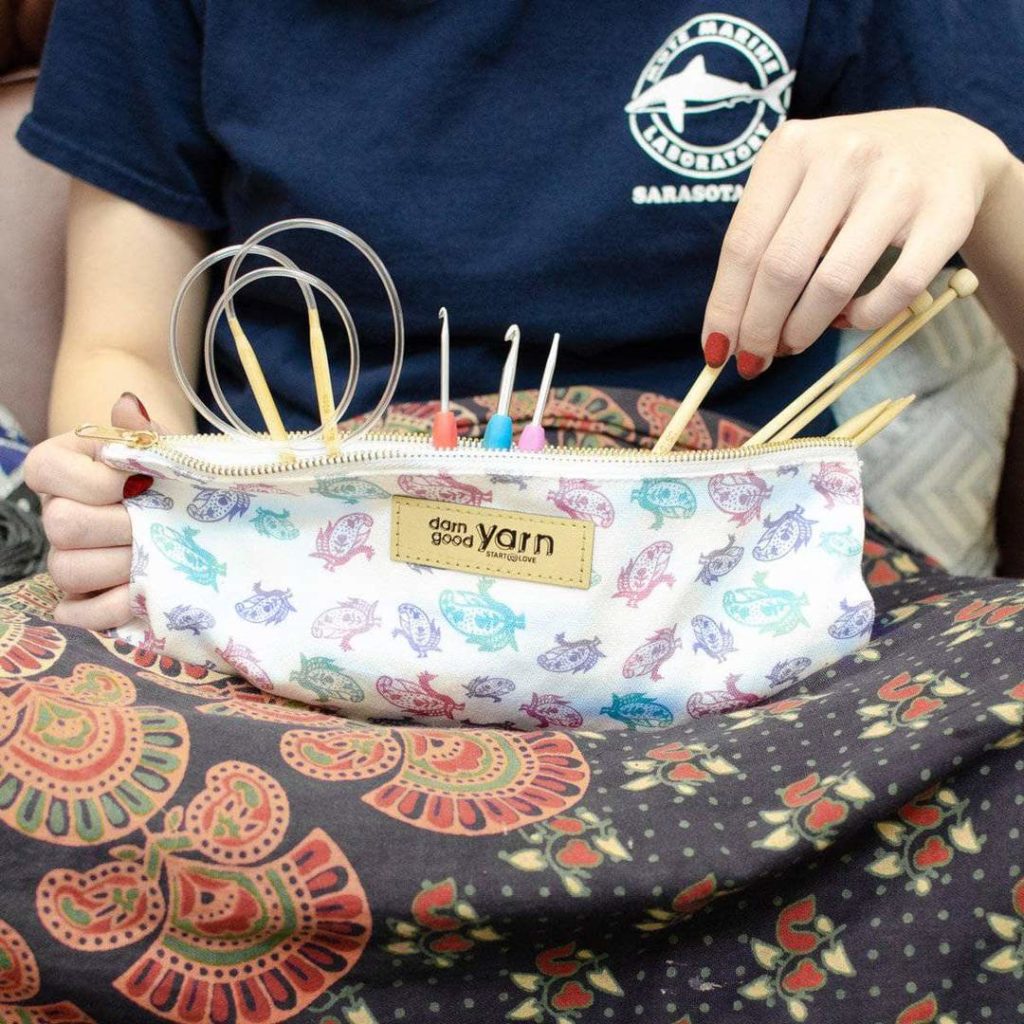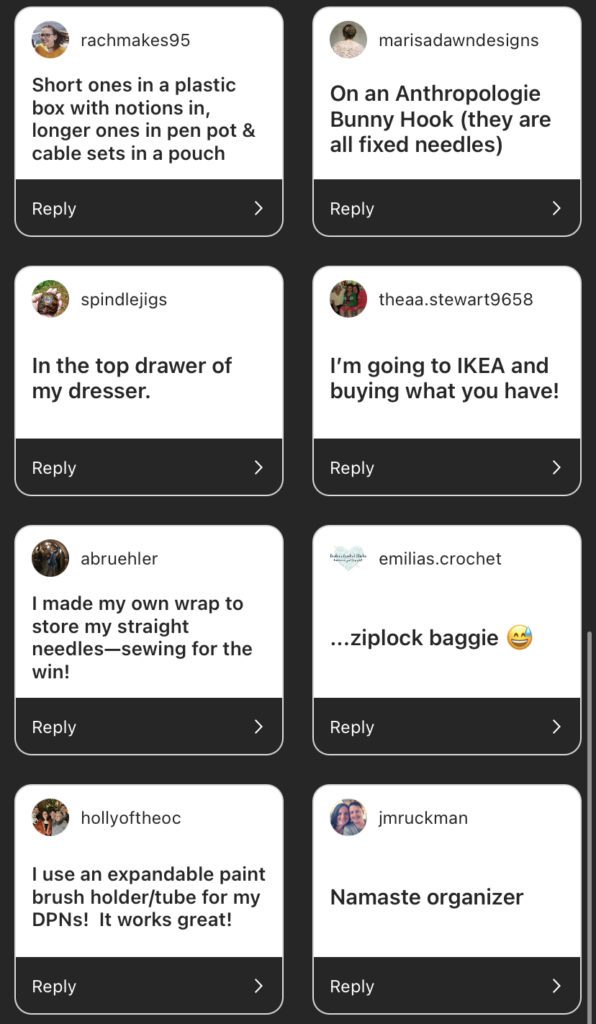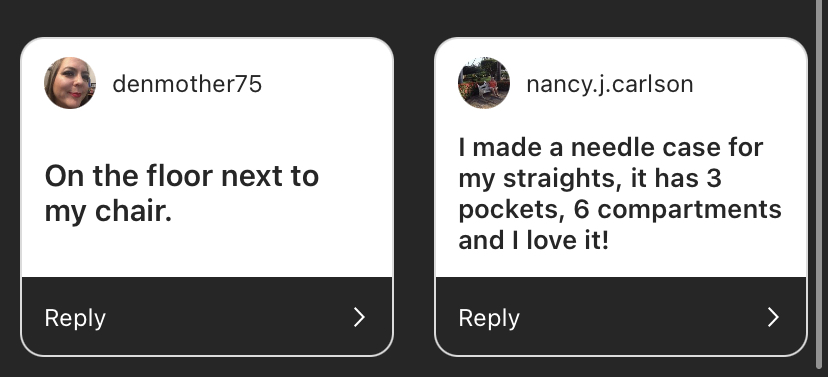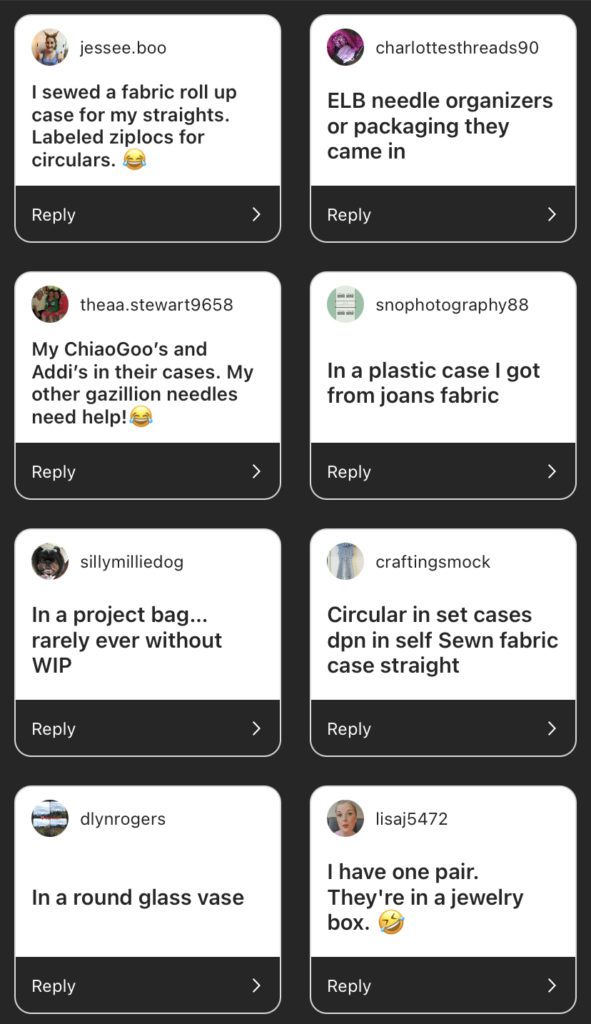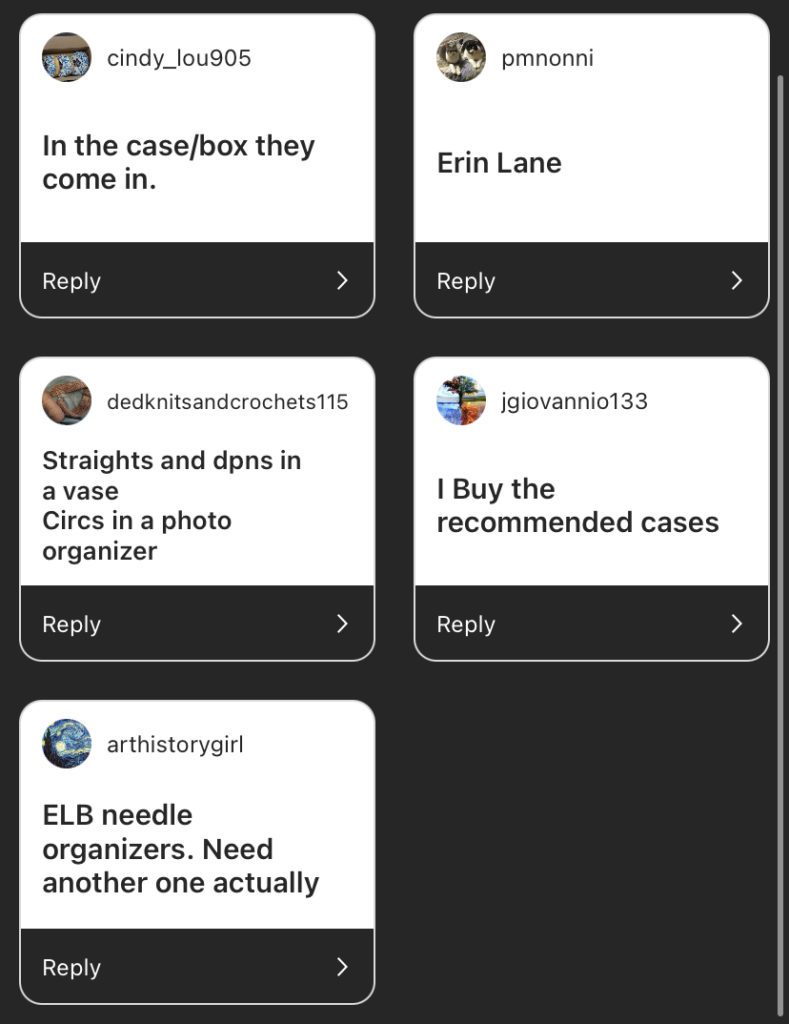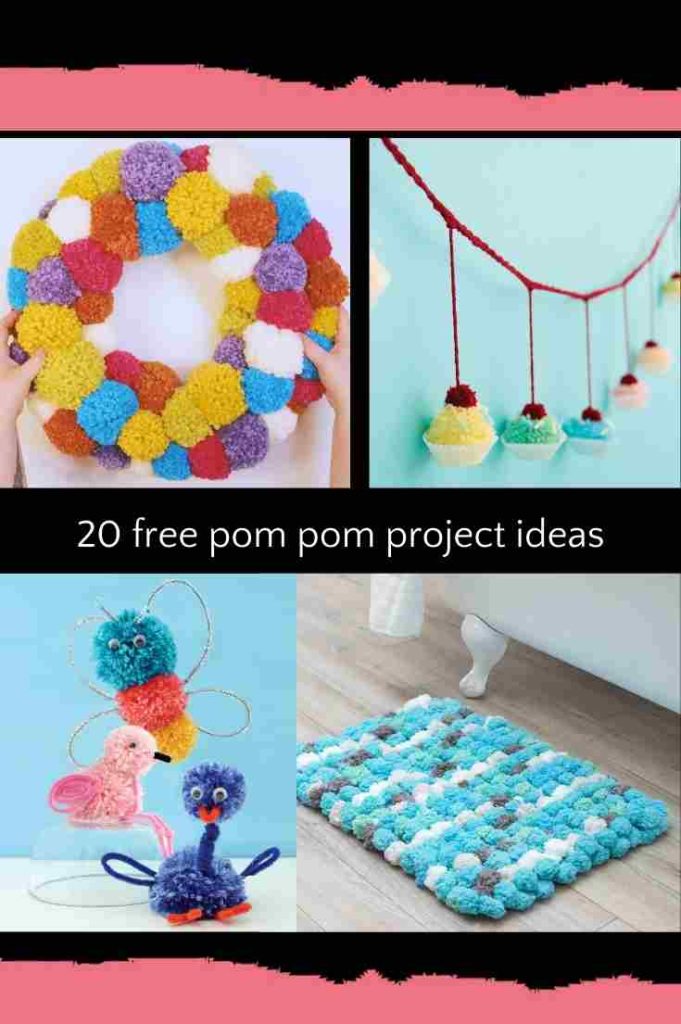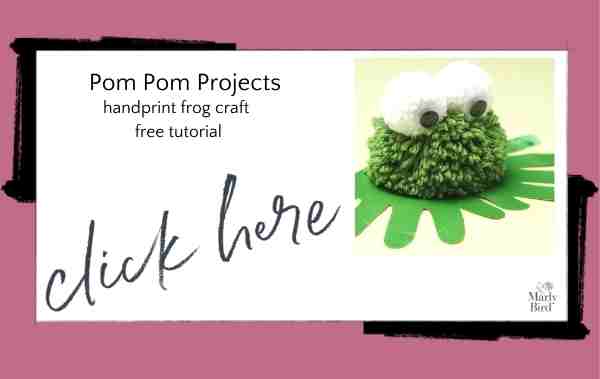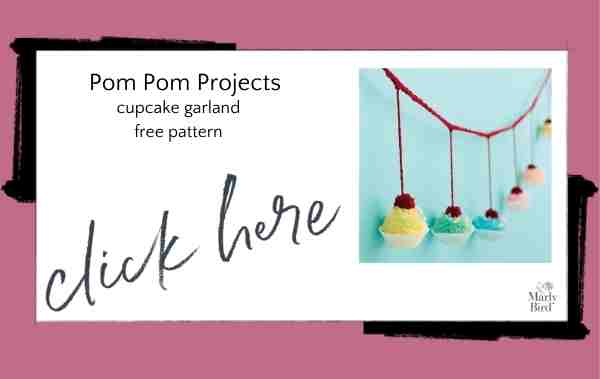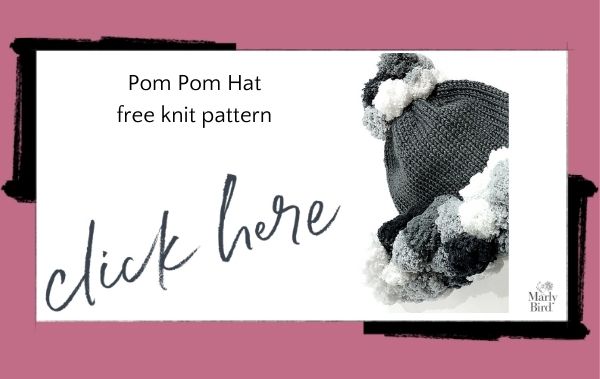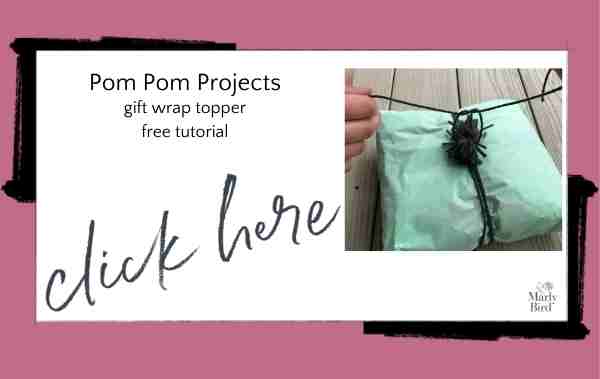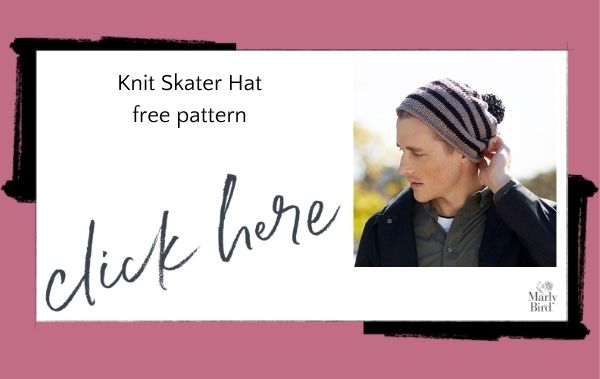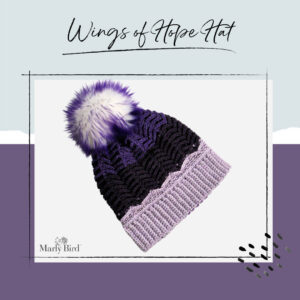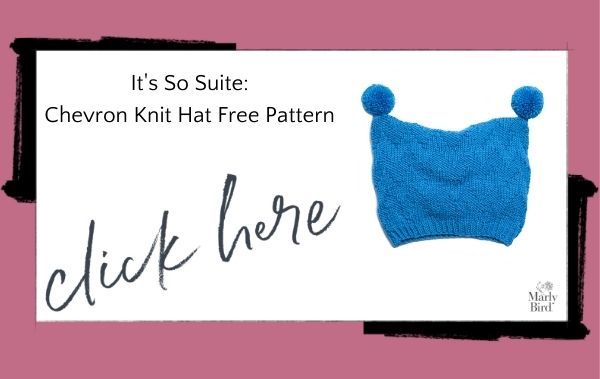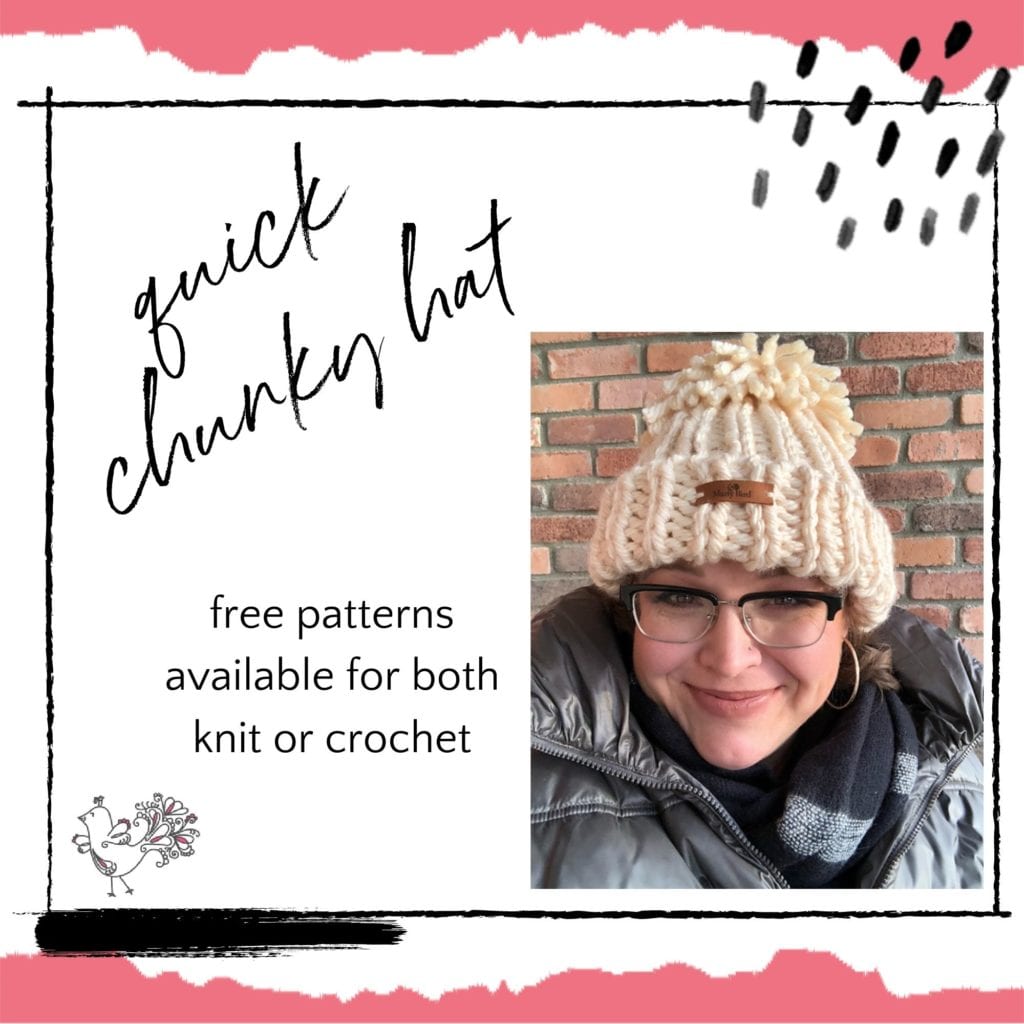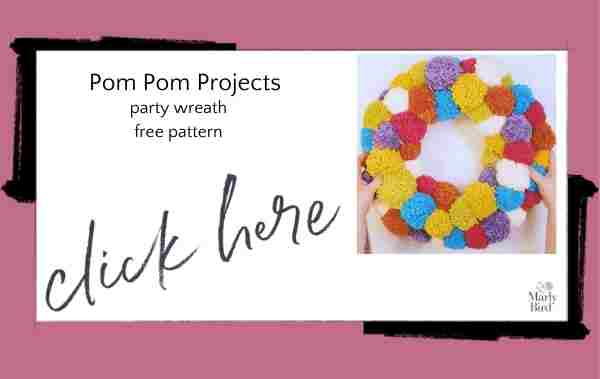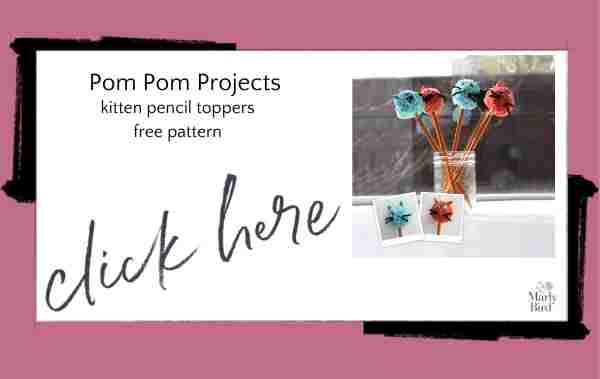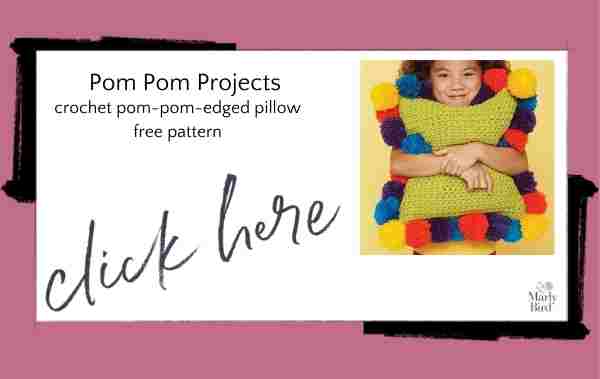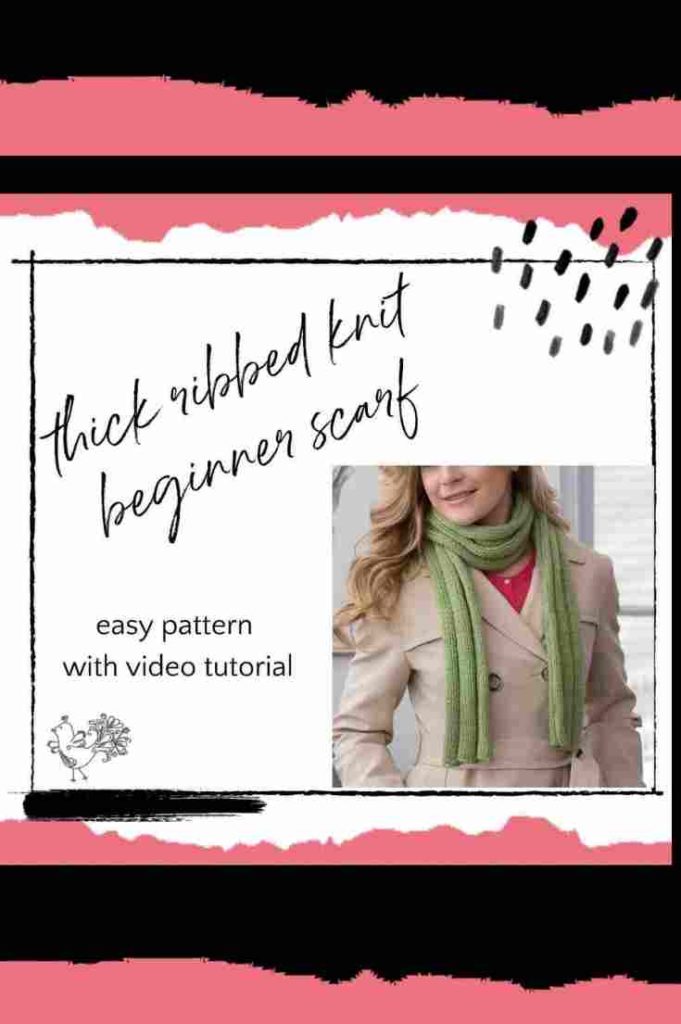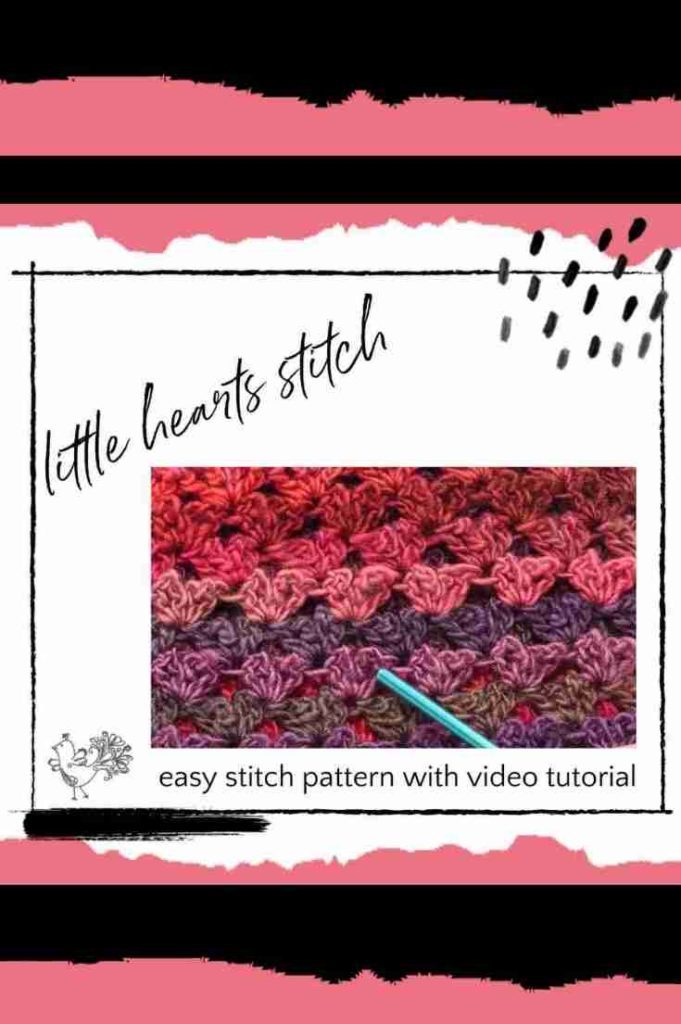It’s always exciting to get the chance to try out a new yarn. O’Go Yarn is particularly exciting because it comes in an entirely new shape that changes the game. Of course, we all know that yarn comes in balls, skeins, hanks, cones, cakes … and often if things don’t go right those turn into big tangles of yarn barf. Well, both knitters and crocheters can rejoice because yarn barf is a thing of the past, at least when it comes to O’Go Yarn.
You can buy O’Go Yarn on Yarnspirations right now.
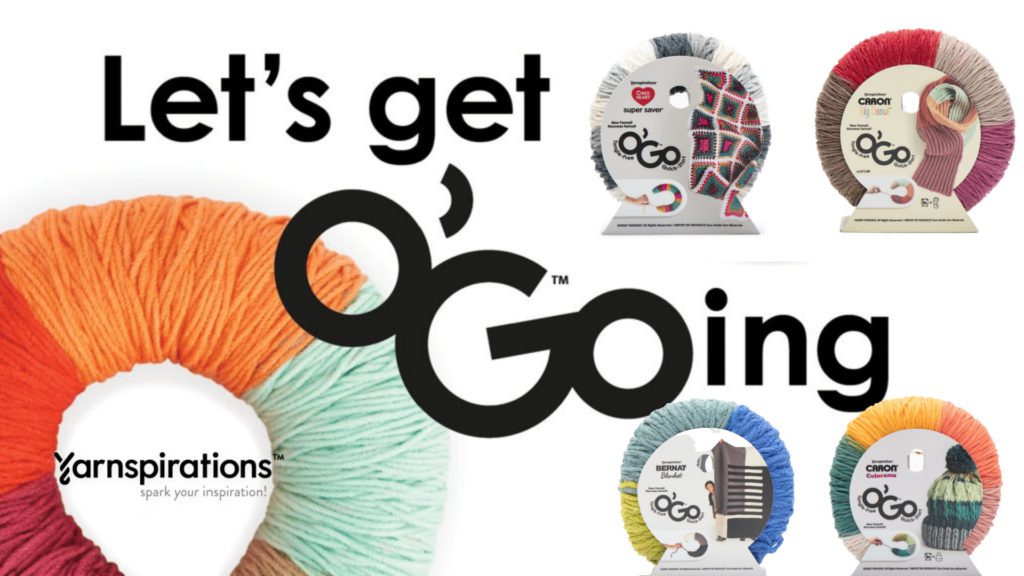
What Is This New Yarn O’Go All About?
The thing that you need to know about O’Go is that it’s not actually new yarn. Instead, it’s a new way of getting your yarn to you. It’s your favorite yarn that you already buy from places like Yarnspirations. It’s just delivered to you in a new, revolutionary, smarter way.
O’Go is a donut or ring of yarn. For example. you’ll be able to get Bernat Blanket yarn, which you might already love, in this revolutionary new format. It’s the same great blanket yarn, but it’s wound into this new O’Go form. And that keeps it tangle-free.
You pull it from the outside. (Although you could use it like a center-pull yarn, it’s designed for you to pull it from the outside.)
Which Yarn Will Come in the O’Go Form?
As aforementioned, it’s some of your favorite yarn just delivered to you in a new way. You’ll be able to get O’Go for:
- Bernat Blanket
- Red Heart Super Saver
- Caron Big Donut
- Caron Colorama
So you’ll get four of Yarnspirations most popular yarns available as the O’Go format.
More About the O’Go Format
The yarn design team sat down to solve knitters’ and crocheters’ most common yarn complaint: yarn barf. How can we take the yarn we love and make it tangle-free? That’s how they came up with O’Go. It’s not yarn wrapped around a foam core or a cardboard donut or anything like that. Instead, it’s an entirely new shape for wound yarn. It’s not a ball, it’s not a skein, it’s an O’Go.
It’s especially great for beginner knitters and crocheters. I like to say that you can just “O’Go and Flow.” In other words, you pull on the yarn, and it comes out easily – tangle-free. You don’t ever have to put your needles or hook down to tug on tangled yarn. Therefore, you easily keep working on your project. Obviously, experienced crafters who have had to deal with a lot of yarn barf over the years will also appreciate this.
How Can I Work With O’Go Yarn?
The yarn is designed so that you have an array of different colors in one O’Go. You can work it from end to end and you’ll have a self-striping yarn. However, that’s not your only option. You can separate out the colors as well. Therefore, you can easily use this yarn to play with knit and crochet colorwork.
Each yarn comes in multiple colorways. For example, Caron Colorama O’Go has 12 different colorways. But each O’Go then also has different colors within that. It’s designed so that you can separate out each color super easily, allowing you to work them in the order that you want for your project. Alternatively, just O’Go and Flow from beginning to end.
How Much Yarn Will I Get?
This is an affordable yarn and you get a lot of bang for your buck. For example, the Bernat Blanket yarn is a #6 bulky weight yarn. You get 300 grams, which is 220 yards of yarn, in one O’Go. That’s a lot of yarn for such a bulky weight.
Similarly, Caron Colorama is a #5 bulky weight yarn. In that O’Go, you’ll get 180 grams or 228 yards of yarn.
The Red Heart Super Saver and the Caron Big Donut are both #4 worsted weight yarns. So, you have a bit of a variety for working with this yarn.
When and Where Can I Get This Awesome New Yarn?
You can find O’Go at JOANN and Michaels stores. You can also buy it online at Yarnspirations!
Keep an eye out here as well as on my YouTube, Facebook, and Instagram for more announcements including patterns for using this yarn.
Revolutionary New Yarn O’Go Format: Full Review
As soon as I was allowed to tell you about this new yarn O’Go, I hopped online to share it with you. Here’s my full review. You’ll see all about how it works including different methods of storage for this new yarn:
You Might Also Like:
- Yarn Weight Chart and Recommended Yarns for Each Weight
- How To Use a Yarn Bowl
- 7 Affordable Yarns That Give Big Bang for Their Buck

